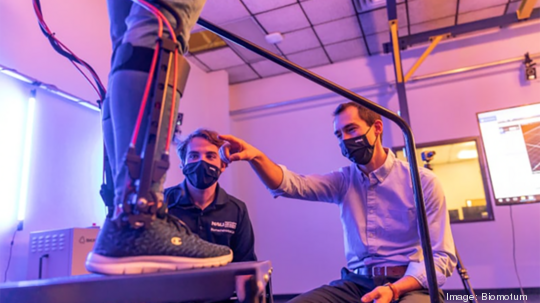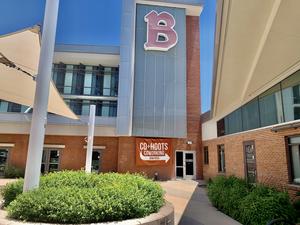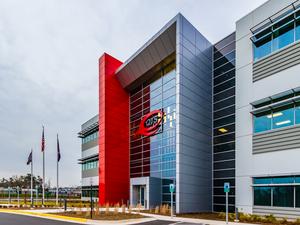
WearTech Applied Research Center was recently awarded $1.6 million by the Arizona Commerce Authority to fund eight new applied research projects in wearable technology.
From a device designed to help reduce stress and anxiety to virtual reality technology to simulate clinical studies for medical students, these projects look to develop innovative products across the biomedical field. With these additions, the center has more than doubled its number of applied research projects.
WearTech Applied Research Center was started in 2019 by Partnership for Economic Innovation with a mission to expand the wearable technology ecosystem across Arizona. The center has seen a 360% growth in funding compared to its first year.
“The WearTech Applied Research Center’s new projects represent the kinds of new technologies that are helping establish Arizona as a leader in the wearable technology sector,” Brad Jannenga, founder and executive chairman at Chassi and board member of Partnership for Economic Innovation and the WearTech Applied Research Center, said in a statement. “Technology leaders in our state should be looking to the WearTech Center as a model to accelerate innovation in our state.”
The center is partnering with Arizona State University, University of Arizona and Northern Arizona University to implement these new projects.
Here are the eight project partners:
- Biomotum’s Wearable Robotic Ankle Assist Device (RAAD), which is an at-home mobility assistance device for those with walking disabilities
- GoX Labs’ and AKE’s Quasi-Active Exoskeleton (PhenEx), which is a device for reducing work-related injuries
- TouchPoint Solutions’ Anti-Anxiety Device, an over-the-counter device that combines lookup table and AI algorithms with (BLAST) technology to reduce stress and anxiety
- Movement Interactive’s Hiji®Band, a technology used to measure acute injury in individuals exposed to brain injury.
- KLS’s Fetal Monitor, which detects fetal compromises
- TF Health Company’s Personal Exposure Badge-like Device and Breath Fat Oxidation Sensor, which are devices designed to detect air pollutants and to detect acetone, respectively
- 8Chili’s Virtual Reality for Medical Training technology and headband — a virtual reality simulation of clinical studies for medical students.
- Desert Platform’s Thrush Treatment Device, which provides those who have thrush with a mobile and wearable phototherapy treatment.
“At the WearTech Applied Research Center, we’ve been able to partner with businesses and universities, bringing together remarkable talent who are working on innovative solutions to advance health and human performance,” Kathleen Lee, director of Applied Research Centers for the Partnership for Economic Innovation said in a statement. “We thank the Arizona Legislature for setting aside these public funds for applied research and appreciate the Arizona Commerce Authority for awarding these funds to help us advance critical research projects and hope they will continue to make similar investments in the future.”











